Advertisement
At GTC 2025, IBM and Nvidia announced a partnership to help businesses scale AI beyond pilots into full deployment. Moving past demos, they aim to build complete, practical AI infrastructure—hardware, software, and services—for enterprises. While AI adoption has grown rapidly, many companies face challenges, including unstructured data, hardware limitations, and undertrained models.
IBM contributes expertise in enterprise software, consulting, and hybrid cloud, while Nvidia provides high-performance GPUs and AI platforms. Together, they plan to simplify infrastructure management, shorten project timelines, and create smoother workflows from model development to production, making AI more reliable and cost-efficient for everyday business needs across industries.
Unlike previous collaborations, where companies focused on one component of AI (such as model training or compute power), this partnership is layered across the entire AI stack. It includes Nvidia's latest Blackwell GPU architecture and AI Enterprise software integrated into IBM's hybrid cloud ecosystem, along with new consulting services. That means more pre-built solutions, optimized workflows, and tight integrations between IBM’s Watsonx platform and Nvidia AI tools. The key message at GTC 2025: less friction, more focus on results.
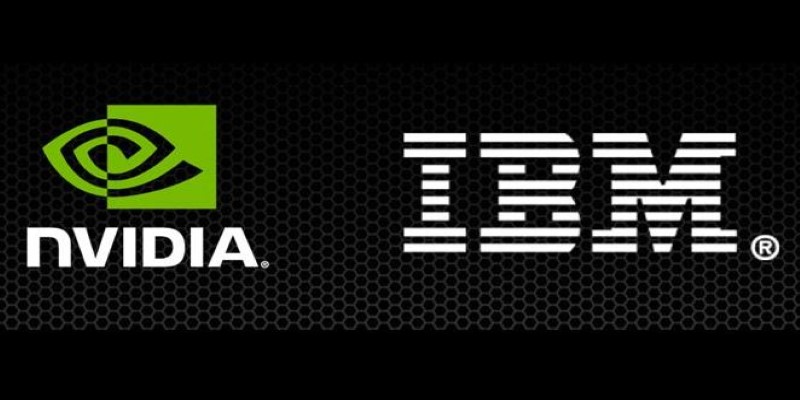
One area getting a lot of attention is model lifecycle management. IBM is enhancing Watsonx with Nvidia AI Enterprise to make it easier to run large language models (LLMs), vision models, and multimodal AI in production. Nvidia’s NIM inference microservices will help enterprises deploy AI models with smaller footprints and faster inference. IBM, in turn, will optimize Watsonx to support Nvidia’s new APIs and GPU acceleration for data prep, fine-tuning, and live deployments.
Another shared goal is to make AI accessible across industries that weren't traditionally early adopters—banking, manufacturing, and healthcare. These sectors deal with strict compliance, massive volumes of data, and often outdated infrastructure. The partnership allows them to adopt AI without ripping everything out and starting over. For example, healthcare providers can now use Watsonx tools enhanced with Nvidia acceleration to build diagnostic models that meet HIPAA and FDA requirements without external migration.
AI adoption has passed the curiosity stage. Businesses are no longer asking whether to adopt AI but how to make it work without disrupting existing systems. That’s where this collaboration hits hardest—by cutting through the deployment chaos. Nvidia and IBM aren't just offering toolkits; they’re providing full blueprints for building, training, and deploying AI in environments that can’t afford downtime or guesswork.
A big pain point in the past was the fragmented tooling across AI pipelines. Enterprises often stitched together open-source libraries, proprietary APIs, cloud consoles, and legacy databases. This setup led to version mismatches, latency issues, and performance bottlenecks. With the IBM-Nvidia stack, integration is pre-tested. Watsonx can directly interface with Nvidia’s GPUs through optimized pipelines. Nvidia’s AI Workbench works within IBM environments. That lowers the overhead on engineering teams and speeds up time to value.
Security is another area where both companies are doubling down. Nvidia introduced enterprise-grade security for AI workflows at GTC 2025, including encrypted model weights and sandboxed inferencing. IBM is adding this to its enterprise compliance systems, ensuring that AI models not only run fast but also run safely. This is particularly critical for industries such as finance and law, where data privacy isn't optional.
This isn't a short-term alignment. IBM and Nvidia are pushing for an AI infrastructure model that combines cloud flexibility with on-prem control. In most enterprises, data remains in fragmented silos—on physical servers, in private clouds, and across public cloud storage. Fully cloud-native AI just isn't practical for them. The hybrid approach means companies can run models where the data already lives, without compromising speed or governance.

At the GTC 2025 keynote, IBM’s CEO stressed that enterprises want AI that adapts to them, not the other way around. Nvidia’s Jensen Huang echoed that by saying the next stage of AI isn’t about building larger models, but smarter systems—smaller, domain-specific, and energy-efficient. Both companies agree that businesses don’t need general AI. They need AI that’s aligned with workflows, data regulations, and existing software stacks.
The partnership is already piloting programs with several Fortune 500 clients. One example shown at GTC was a retail analytics solution using IBM’s cloud data fabric and Nvidia’s Triton Inference Server to process foot traffic patterns and inventory data in real time. Another was a telco setup using Watsonx and Nvidia GPUs to reduce dropped calls by predicting network congestion seconds before it happens.
The collaboration has launched with real software, live clients, and public roadmaps, not just concepts. But both IBM and Nvidia see this as a starting point. They plan to build new vertical AI stacks tailored to specific industries, from logistics to energy. Training templates, inference containers, and synthetic data tools are all on the agenda. Nvidia will continue advancing its microservices and hardware stack while IBM focuses on simplifying AI orchestration at scale.
There's also a shared push to develop more explainable AI. Many businesses hesitate to deploy black-box models without understanding their decision-making process. IBM is taking its years of research in responsible AI and embedding it into Watsonx features like bias detection and lineage tracking. Nvidia is contributing its frameworks for visualization and performance monitoring. The goal: reduce AI opacity so enterprises can use these tools in high-stakes environments with confidence.
For developers and engineers, this means more ready-made packages and fewer configuration headaches. For business leaders, it signals a maturing ecosystem that’s finally ready to move beyond demos and into everyday workflows. And for the broader AI community, it marks a turning point where performance, trust, and scale are no longer at odds.
Enterprise AI is no longer a concept—it’s here. IBM and Nvidia’s partnership, announced at GTC 2025, focuses on usability over hype. Combining Watsonx’s orchestration with Nvidia’s hardware creates a reliable, practical framework for businesses. This move shifts AI from labs into real-world operations where reliability matters most. As deployment begins, the promise will be tested, but enterprise AI now feels tangible, useful, and ready for everyday challenges.
Advertisement
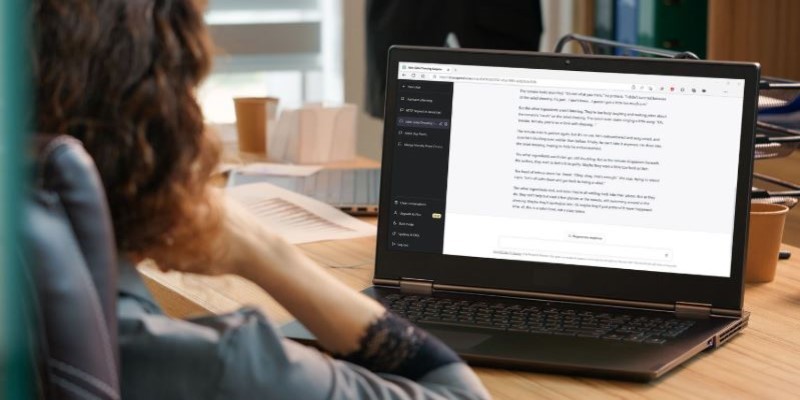
Looking for simple ways to export and share your ChatGPT history? These 4 tools help you save, manage, and share your conversations without hassle
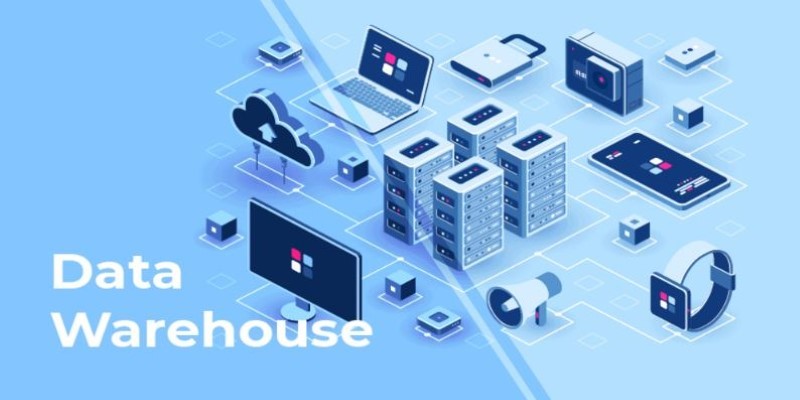
How Amazon S3 works, its storage classes, features, and benefits. Discover why this cloud storage solution is trusted for secure, scalable data management
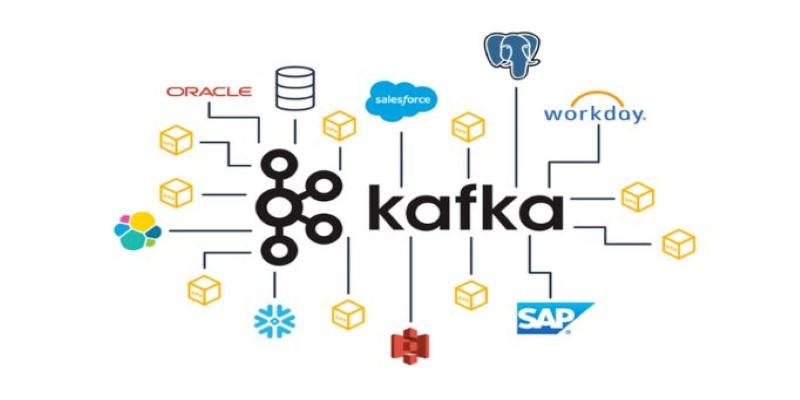
Explore Apache Kafka use cases in real-world scenarios and follow this detailed Kafka installation guide to set up your own event streaming platform

Find the top eight DeepSeek AI prompts that can accelerate your branding, content creation, and digital marketing results.
Advertisement

How a humanoid robot learns to walk like a human by combining machine learning with advanced design, achieving natural balance and human-like mobility on real-world terrain
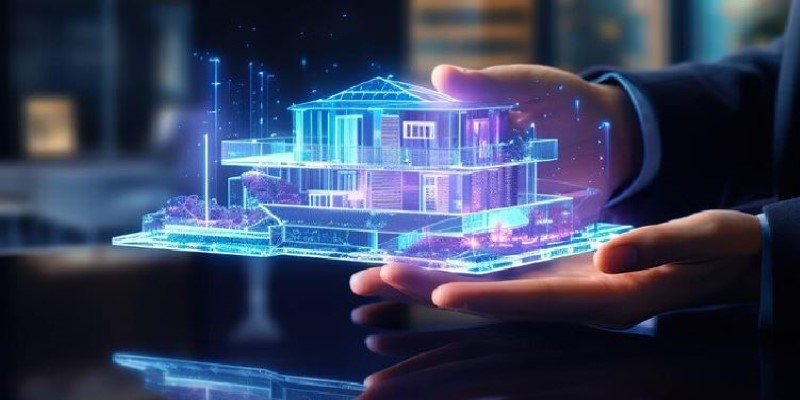
How AI in real estate is redefining how properties are bought, sold, and managed. Discover 10 innovative companies leading the shift through smart tools and data-driven decisions
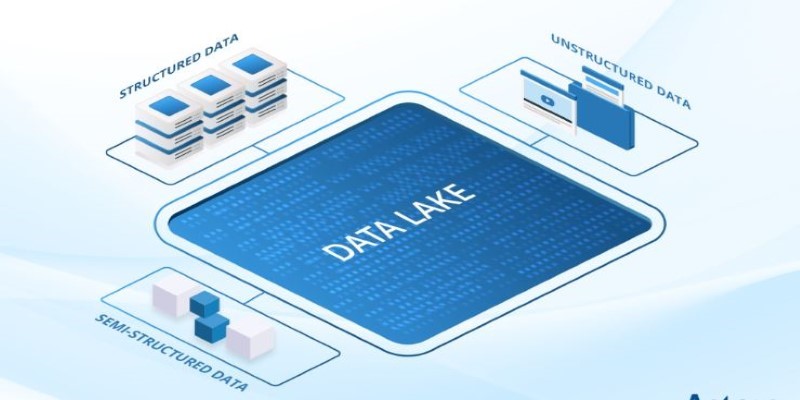
What data lakes are and how they work with this step-by-step guide. Understand why data lakes are used for centralized data storage, analytics, and machine learning
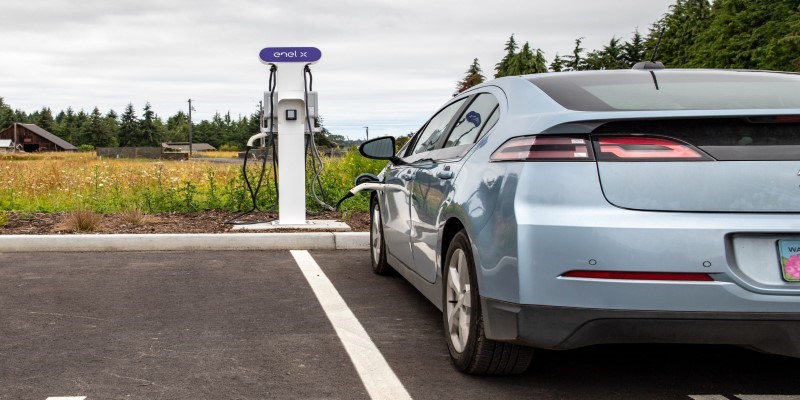
Learn how ZenML helps streamline EV efficiency prediction—from raw sensor data to production-ready models. Build clean, scalable pipelines that adapt to real-world driving conditions
Advertisement
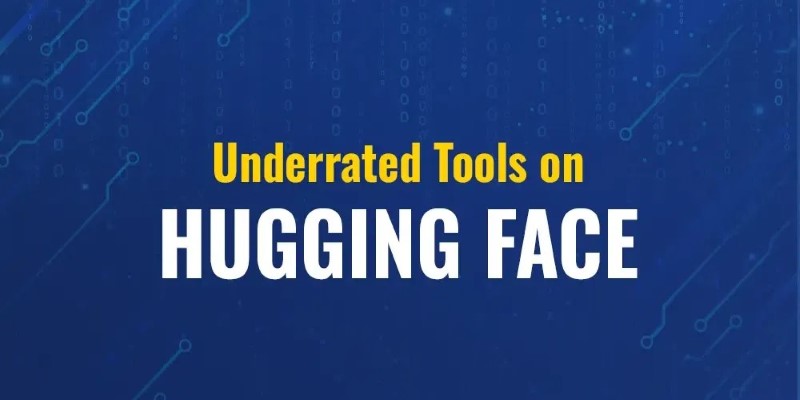
Tired of reinventing model workflows from scratch? Hugging Face offers tools beyond Transformers to save time and reduce boilerplate
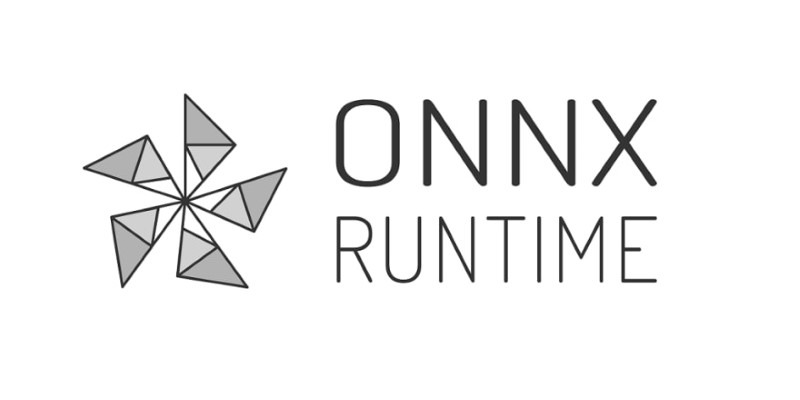
Speed up Stable Diffusion Turbo and SDXL Turbo inference using ONNX Runtime and Olive. Learn how to export, optimize, and deploy models for faster, more efficient image generation

How Llama Guard 4 on Hugging Face Hub is reshaping AI moderation by offering a structured, transparent, and developer-friendly model for screening prompts and outputs

Find how AI is reshaping ROI. Explore seven powerful ways to boost your investment strategy and achieve smarter returns.